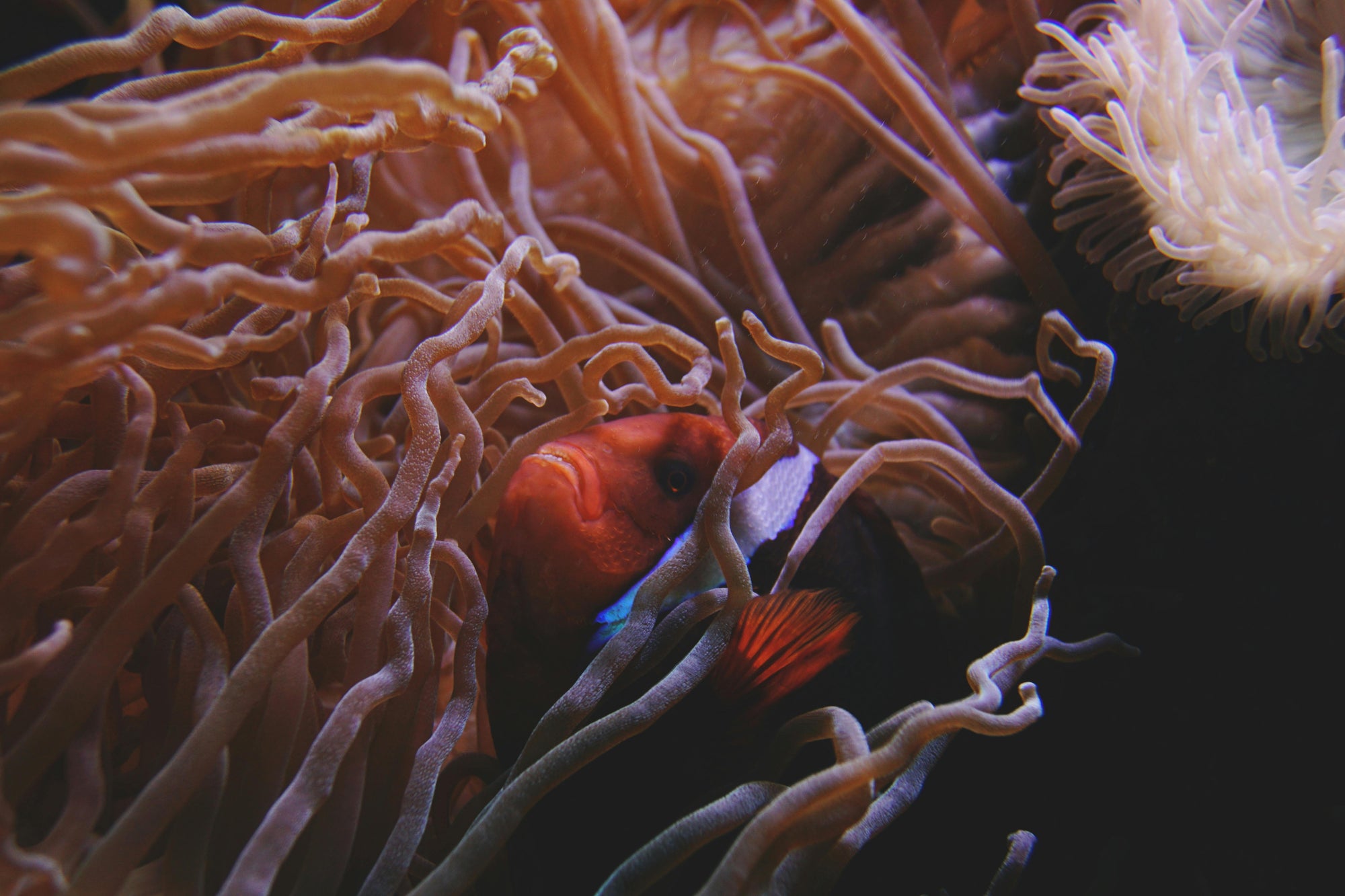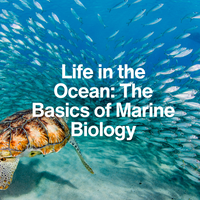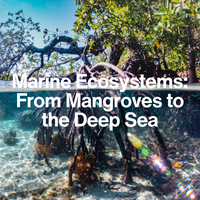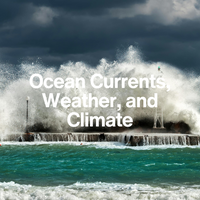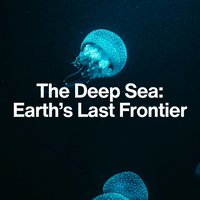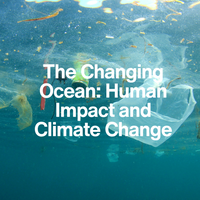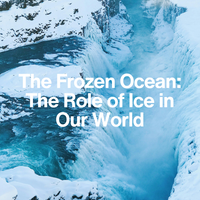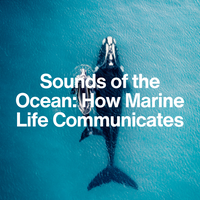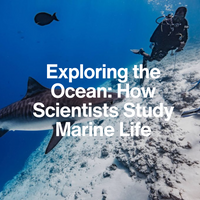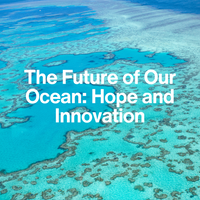LESSON 5
The Water Cycle and How the Ocean Shapes Our World
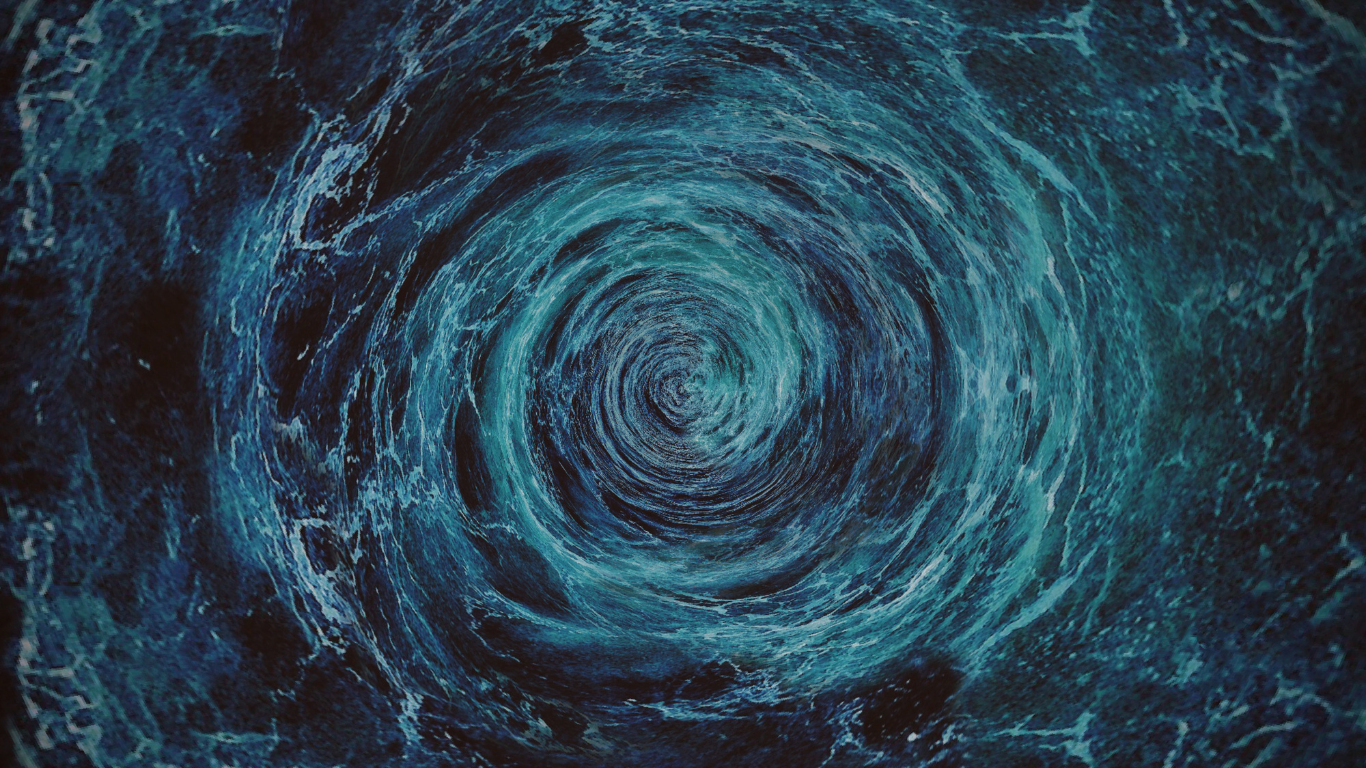
Introduction:
A Never-Ending Journey
Water is constantly moving through a vast, interconnected cycle that sustains all life on Earth. From the ocean’s surface to the clouds, rivers, and deep underground reservoirs, this cycle is responsible for shaping our planet’s climate, weather, and ecosystems. Let’s dive into the water cycle and explore the ocean’s powerful role in shaping our world.
1. The Water Cycle: Nature’s Endless Loop
The water cycle describes how water moves between the ocean, atmosphere, and land. It is powered by the sun’s energy, which drives evaporation and precipitation, keeping the system in constant motion.
The Key Stages of the Water Cycle
Fun Fact
The water you drink today could contain molecules that once flowed through the veins of a dinosaur. Because the water cycle endlessly recycles Earth's water, it's billions of years old!
2. The Ocean’s Role in the Water Cycle
The ocean isn’t just the starting point of the water cycle—it drives it. Covering 71% of Earth’s surface, the ocean is the largest store of water and the biggest source of evaporation. But its influence goes beyond just supplying water.
A. The Ocean Regulates Earth’s Climate
- The ocean absorbs heat from the sun, distributing it through currents. This helps regulate global temperatures and keeps the planet habitable.
- Warm ocean waters fuel hurricanes and monsoons, which transport moisture to land.
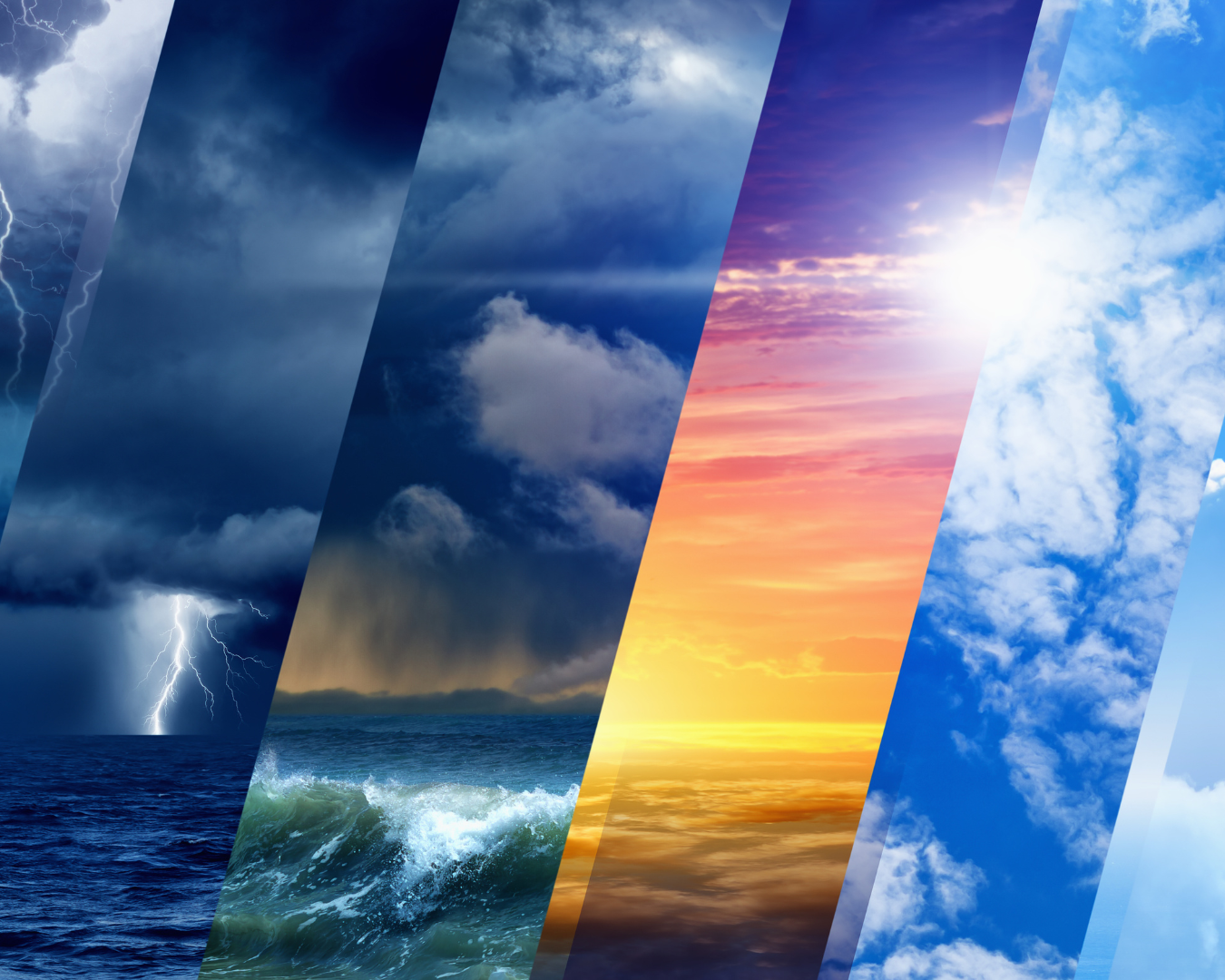
Did you know?
The Gulf Stream, a powerful warm ocean current, keeps Europe’s climate much warmer than other regions at the same latitude!
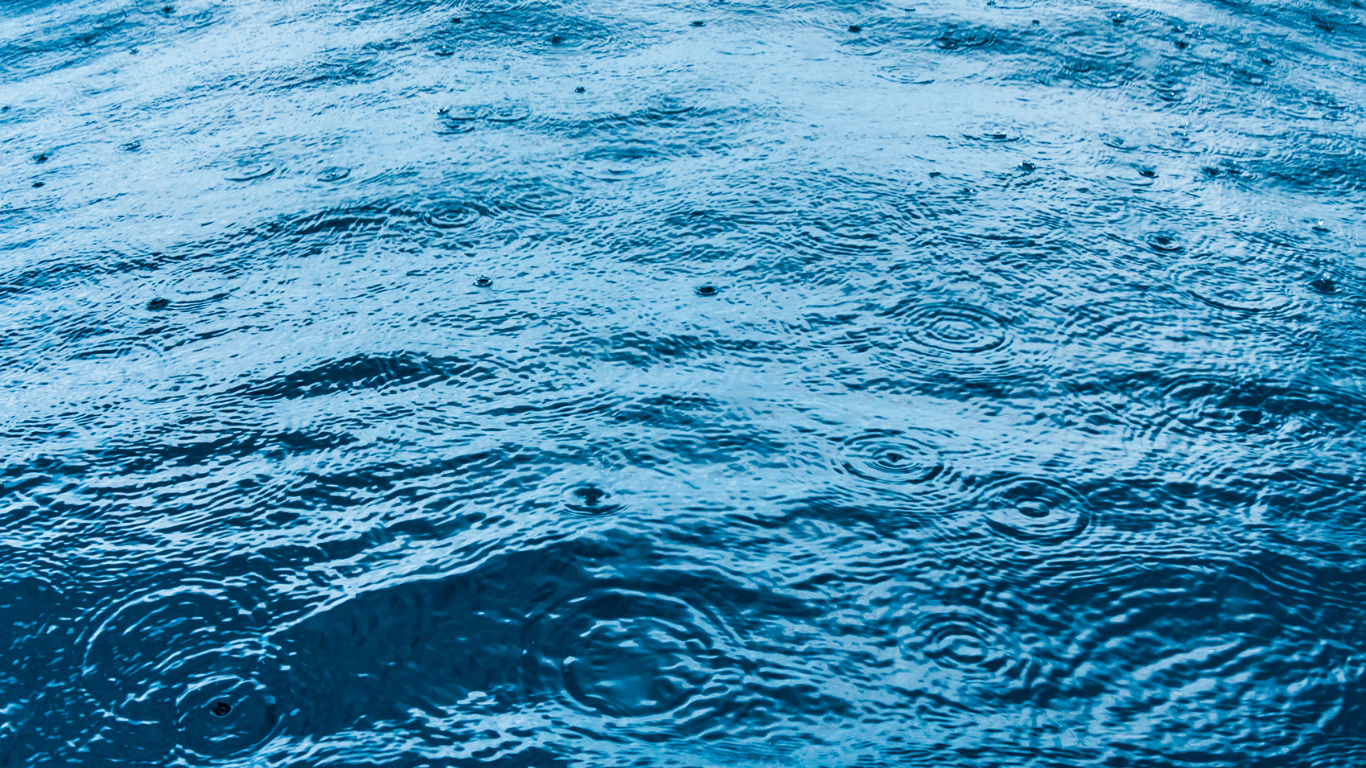
B. The Ocean Controls Rainfall Patterns
- Areas near warm ocean currents receive more rainfall, while cold currents create drier coastal regions.
- The El Niño and La Niña climate patterns, caused by shifts in Pacific Ocean temperatures, can trigger droughts, floods, and storms worldwide.
Did you know?
The Amazon Rainforest gets much of its moisture from the Atlantic Ocean, carried by trade winds across South America!
3. How Human Activities Impact the Water Cycle
Humans depend on the water cycle, but our actions can disrupt its natural balance.
Did you know?
Rising sea temperatures have led to stronger hurricanes, with storms absorbing more moisture and releasing heavier rainfall.
4. Protecting the Ocean, Protecting the Water Cycle

Since the ocean plays such a crucial role in regulating Earth’s climate and water cycle, protecting it is essential. Here’s how we can help:
- Reduce Carbon Emissions – Cutting fossil fuel use helps slow ocean warming.
- Conserve Water – Using less freshwater reduces pressure on rivers and aquifers.
- Prevent Pollution – Avoiding plastic waste and toxic chemicals keeps the ocean healthy.
By understanding the water cycle and the ocean’s influence, we can better appreciate how every drop of water connects us to the sea—and to each other.
Conclusion
Everything is Connected: The Ocean and Us
The water cycle is a powerful, never-ending journey that connects every part of our planet—from the clouds above to the deepest ocean trenches below. The ocean lies at the heart of this cycle, not only as the Earth’s largest water reservoir but also as a vital force shaping weather, climate, and life itself. As we’ve explored, human actions can tip this delicate balance—but we also have the power to protect it. By caring for the ocean and understanding our role in the water cycle, we’re not just preserving a natural process—we’re safeguarding our future. Let’s be the wave of change and inspire a blue world.
Key Takeaways:
The water cycle is a continuous process powered by the sun that moves water through evaporation, condensation, precipitation, and runoff.
The ocean is the engine of the water cycle—it stores most of Earth’s water and is the largest source of evaporation.
Ocean currents and temperatures help regulate the planet’s climate and influence global weather patterns and rainfall.
Human activities like pollution, deforestation, and carbon emissions are disrupting the water cycle, intensifying storms and affecting freshwater supplies.
Protecting the ocean is key to preserving the water cycle and ensuring a healthy climate and future for all life on Earth.
NEXT LESSON
What Is Marine Life?
We have now reached the end of our first topic block The Ocean Planet: Earth Blue Heart.
Join us for the first lesson in the second topic block Life in the Ocean: The Basics of Marine Biology.
